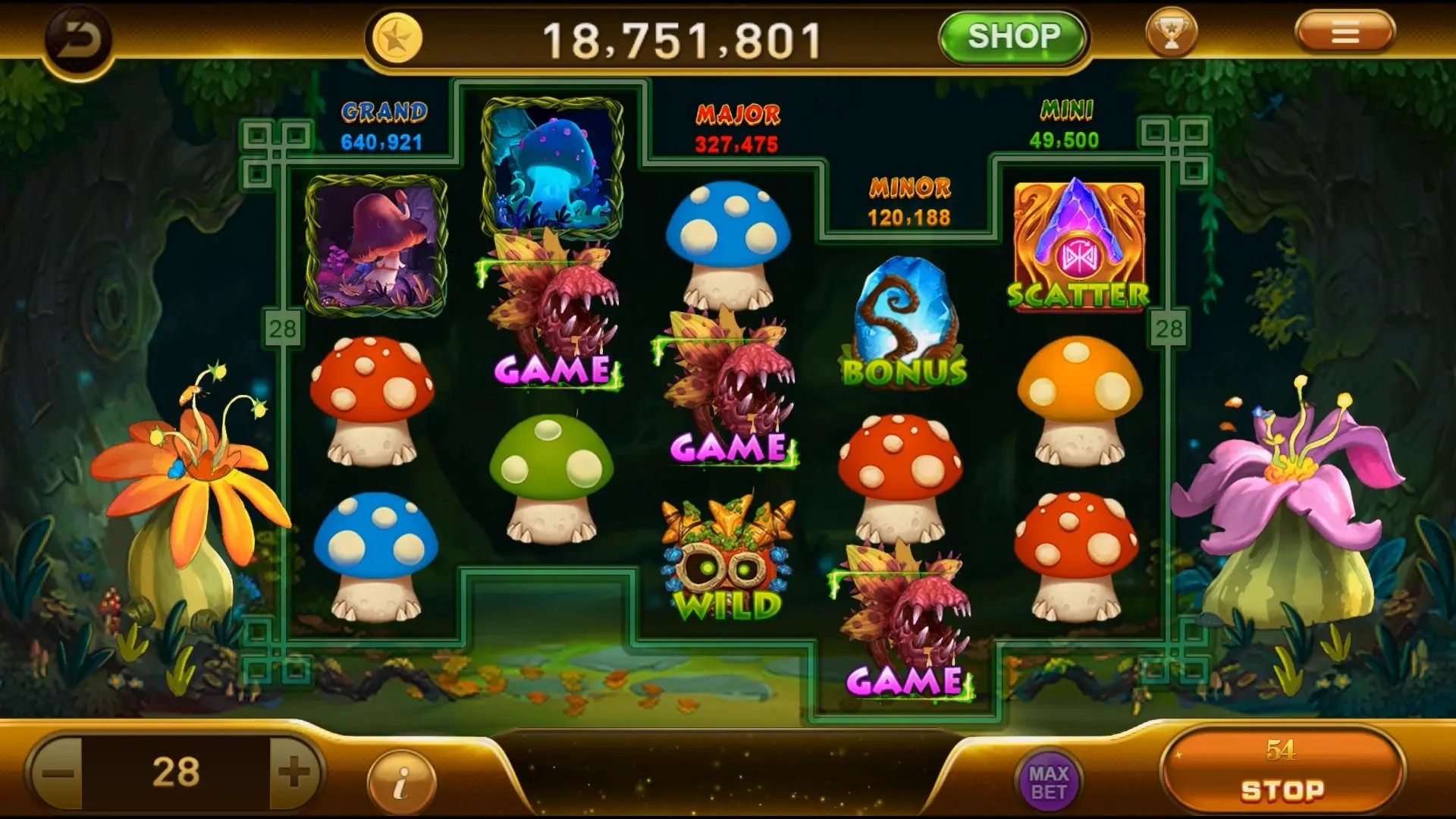Unlocking Imagination: How Creative RPG Games Redefine Interactive Storytelling
In recent years, the landscape of gaming has dramatically evolved. With the rise of creative games, particularly in the realm of RPG games, interactive storytelling has taken on a whole new dimension. These games not only captivate players with immersive narratives but also allow for a level of engagement that traditional storytelling mediums cannot achieve. In this article, we will explore how these innovative RPGs are redefining the way stories are told and experienced by players, particularly focusing on the impact of titles like “Last War Survival Game Kimberley" and the nuances in gameplay that make creative narratives so compelling.
The Rise of Creative RPG Games
The advent of technology has made it possible for developers to create more intricate and detailed worlds. With the introduction of 3D barn story farm games, developers have tapped into the potential for creativity in gameplay. The interaction between players and narrative has transformed significantly, making players not just spectators but active participants. Here’s how:
- Immersive Environments: Players are transported to beautifully crafted worlds that evoke emotions and provide platforms for exploration.
- Dynamic Storylines: Choices matter. Players can affect the storyline based on their decisions, leading to multiple endings.
- Character Development: Characters are no longer one-dimensional; they evolve with the story, offering players personalized journeys.
Understanding Interactive Storytelling
Interactive storytelling is at the heart of RPG gaming. Unlike traditional narratives, where the audience consumes content passively, RPG games invite players to engage directly with the storyline. This kind of storytelling allows for a more personalized experience, where players can develop their own characters and make choices that influence the game world. One of the most compelling examples of this is found in the Last War Survival Game Kimberley. Here, players find themselves in a survival scenario, facing challenges where their decisions can mean the difference between life and death.
Case Study: Last War Survival Game Kimberley
The “Last War Survival Game Kimberley" encapsulates the essence of interactive storytelling in RPGs. Its design integrates thrilling survival mechanics with deeply personal narratives, allowing players to immerse themselves in the harsh realities of wartime survival. The game features:
| Feature | Description |
|---|---|
| Engaging Environment | Realistic graphics and soundscapes that reflect the emotional gravity of survival. |
| Player Choices | Diverse pathways leading to unique story arcs based on player decisions. |
| Community Interaction | Opportunities for players to collaborate or compete, enhancing player engagement. |
The Role of Creative Games in Player Engagement
Creative games are redefining engagement by offering not just entertainment but a profound emotional connection. Players enjoy freedom in expressing their creativity, designing their characters, and even crafting their narratives. Here’s how creative elements across various RPGs contribute:
- Customization: Players can tailor almost every aspect of their character from appearance to abilities.
- Multiplayer Dynamics: Engaging with others adds a layer of complexity and community, fostering friendships and rivalries.
- Creative Quests: Players create missions that can be shared, giving rise to unique collaborative storytelling experiences.
The Future of RPG Games
As we look to the future, the potential for creative RPG games to further innovate in storytelling is vast. The trends indicate a shift towards even greater realism and interactivity, with technology such as virtual reality (VR) and augmented reality (AR) on the horizon. These advancements promise to enhance immersion, allowing players to step even more fully into the worlds they inhabit.
Furthermore, the incorporation of AI in game development can enable more responsive narratives that evolve based on player behavior. Such technology could lead to unique experiences for every player, making RPGs not only a game but a living narrative.
Conclusion
The landscape of interactive storytelling has been forever altered by the innovative strides made in the realm of creative RPG games. Titles like “Last War Survival Game Kimberley" showcase the potential for storytelling that is both deep and engaging. Players are no longer mere spectators; they are integral to the narrative, affecting outcomes through their choices. As technology continues to advance, we can expect even richer experiences that will challenge what it means to tell a story in the digital age. In this world of RPGs, imagination is the ultimate frontier, and the possibilities are limitless.



